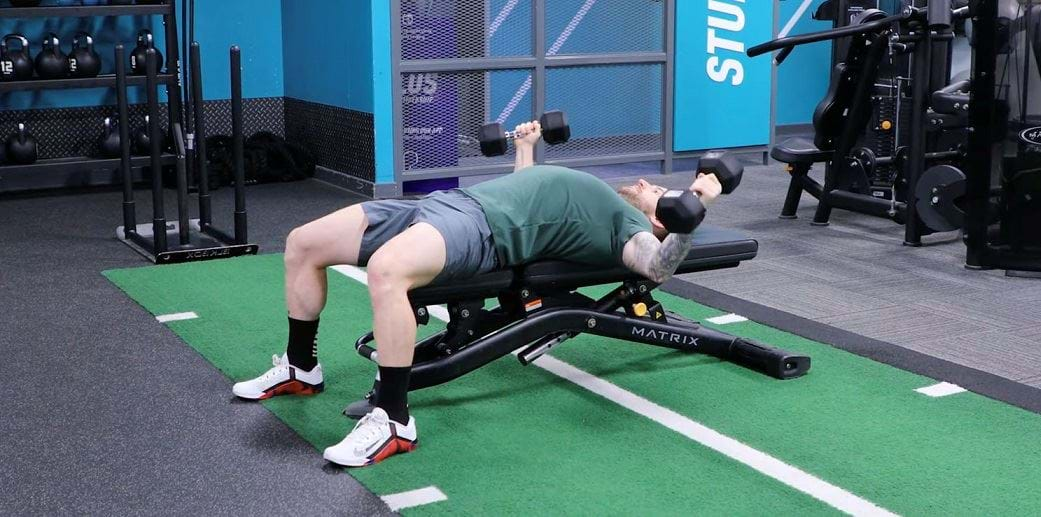Chest Flyes
What is a chest fly?
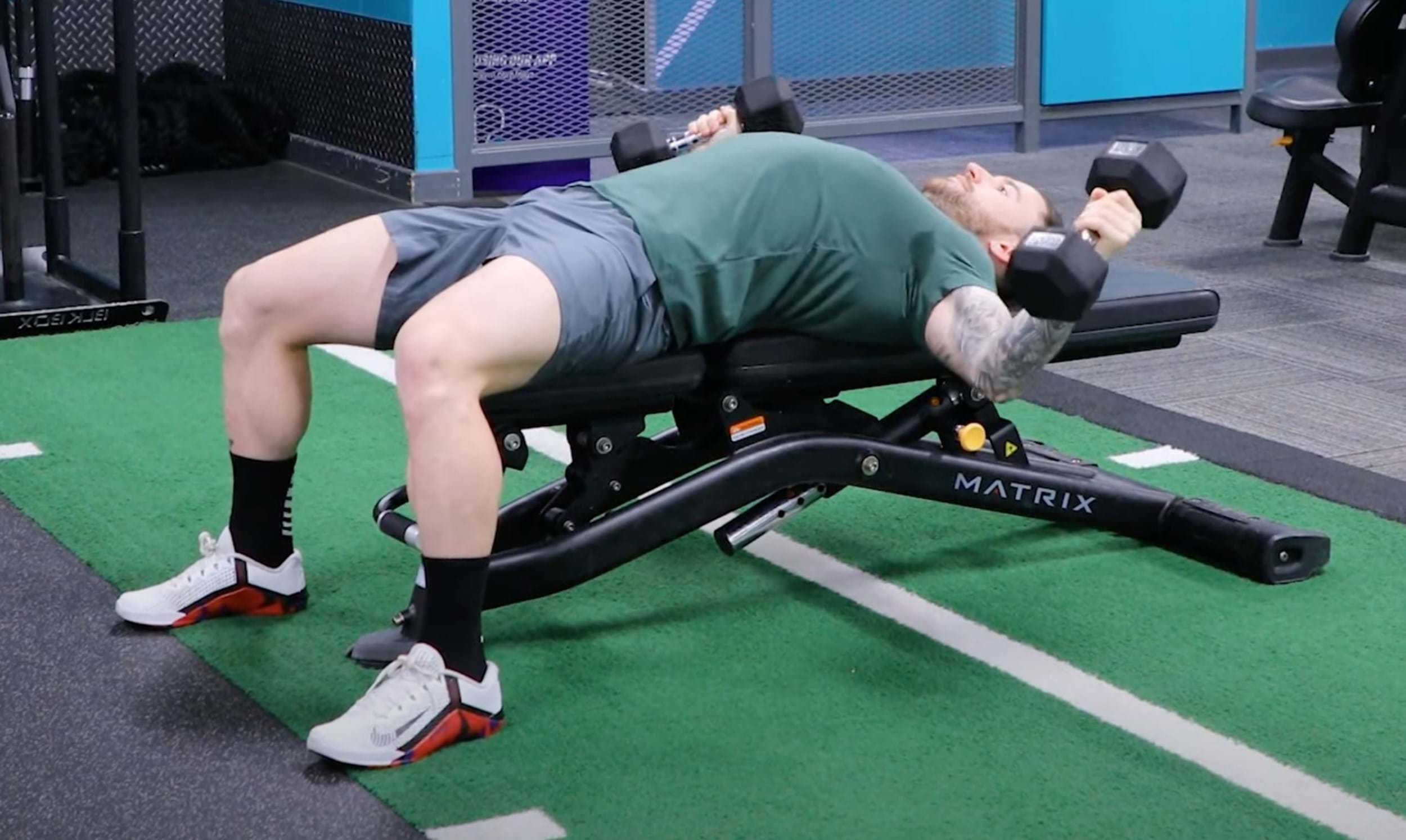
The chest fly is an isolation exercise which targets the pectoralis major, pectoralis minor, deltoids, triceps, and biceps, although the focus is mainly on the pectorals. In addition to building chest muscle, the chest fly helps to open up the chest and shoulders which can reduce tightness, increase range of motion, and combat poor posture.
Where the bench press is great for building strength and power, chest flyes are really suited to building size, so if your goal is a bigger chest, add them into your routine. Different variations work the muscles in a slightly different way, so you may want to add a few variations. As an isolation exercise, this is best suited as a finisher.
Check out our other chest exercises: Chest dips, Chest presses, Push ups
COMMONLY ASKED QUESTIONS ABOUT CHEST FLYES
To build chest mass, you need to break down the chest muscles through training. The process of repairing these tears leads to bigger, stronger muscles.
Most people turn to the bench press when they want to pack on muscle, but chest flyes are great for building mass when used correctly - form here is key.
If you're serious about building your chest, you'll need to train your chest at least twice a week and include a mix of compound and isolation exercises. You'll also need to get enough protein, and consider going on a bulk.
It is possible to do chest flyes on the floor, but you will get a deeper range of motion performing this exercise on a bench.
Long story short - if you have access to the bench, use one. If not, the floor will be fine!
Cable flyes are slightly more effective as they provide resistance throughout the entire movement, whereas dumbbells do not produce significant tension at the top portion.
That said, both the cable chest fly and dumbbell fly are still extremely effective at working your chest, so if you prefer one over the other (or any of the other chest fly variations we cover below), go for whichever one feels best.
Chest fly exercise tips
- Start with a low weight and really focus on controlling the movement and building your mind-muscle connection. Poor form can cause serious injury.
- Keep within a safe range of motion. Aim to get your arms just below parallel with the ground, but if you feel a stretch in your chest before, stop then.
- Squeeze your shoulder blades together throughout the movement. This protects your shoulders and puts the focus on the chest.
Chest Fly Variations
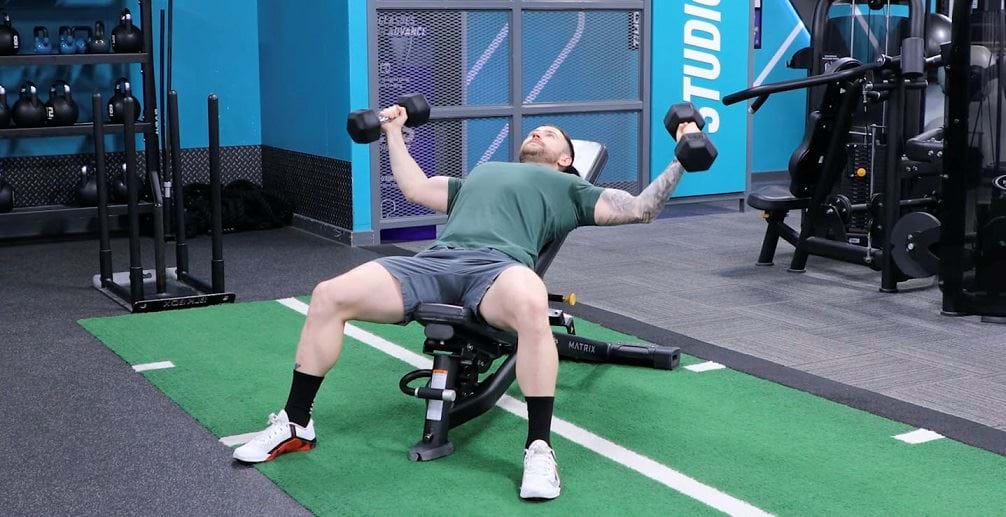
The incline dumbbell chest fly has a greater focus on the upper chest muscles.
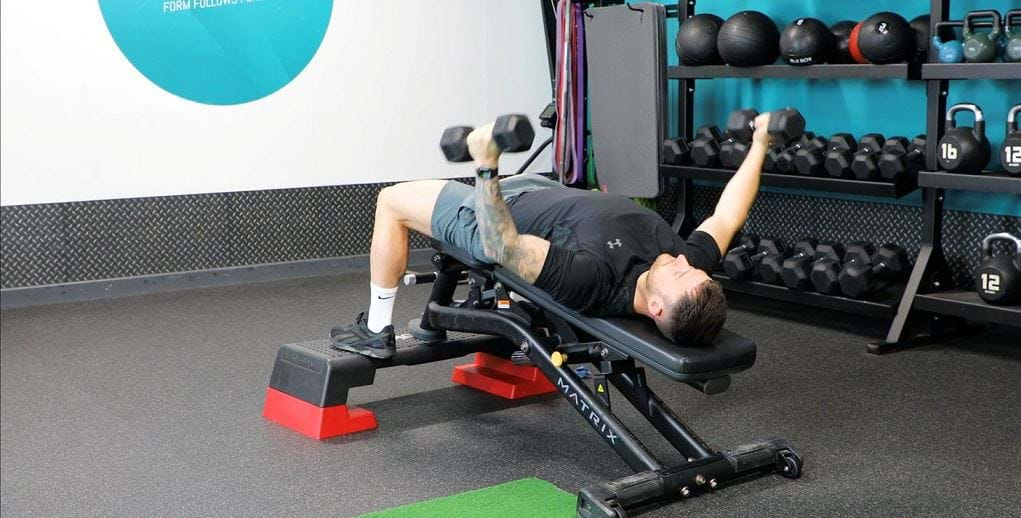
Performing the chest fly on a decline puts more emphasis on the lower chest muscles.
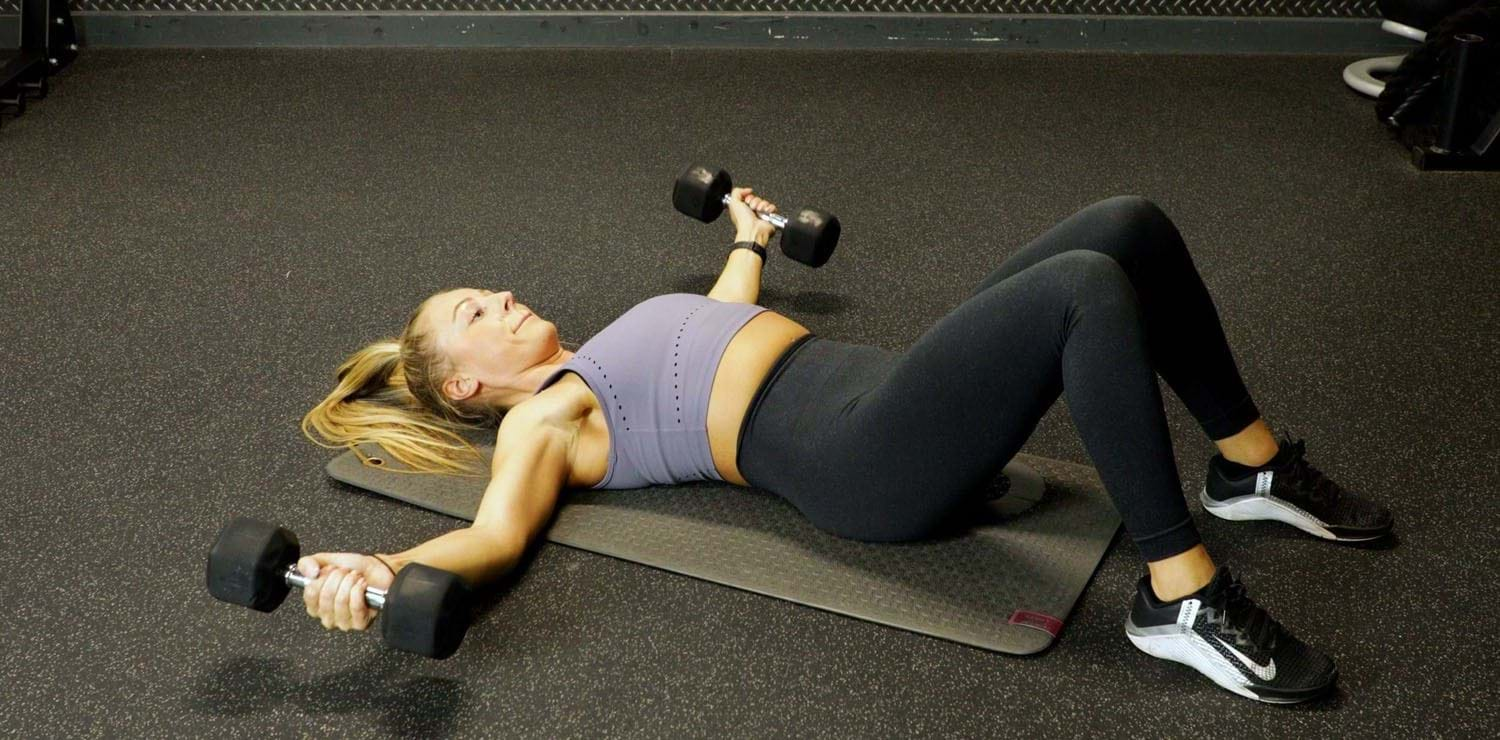
The floor fly has a reduced range of motion, and is more suitable for beginners or those with shoulder issues.
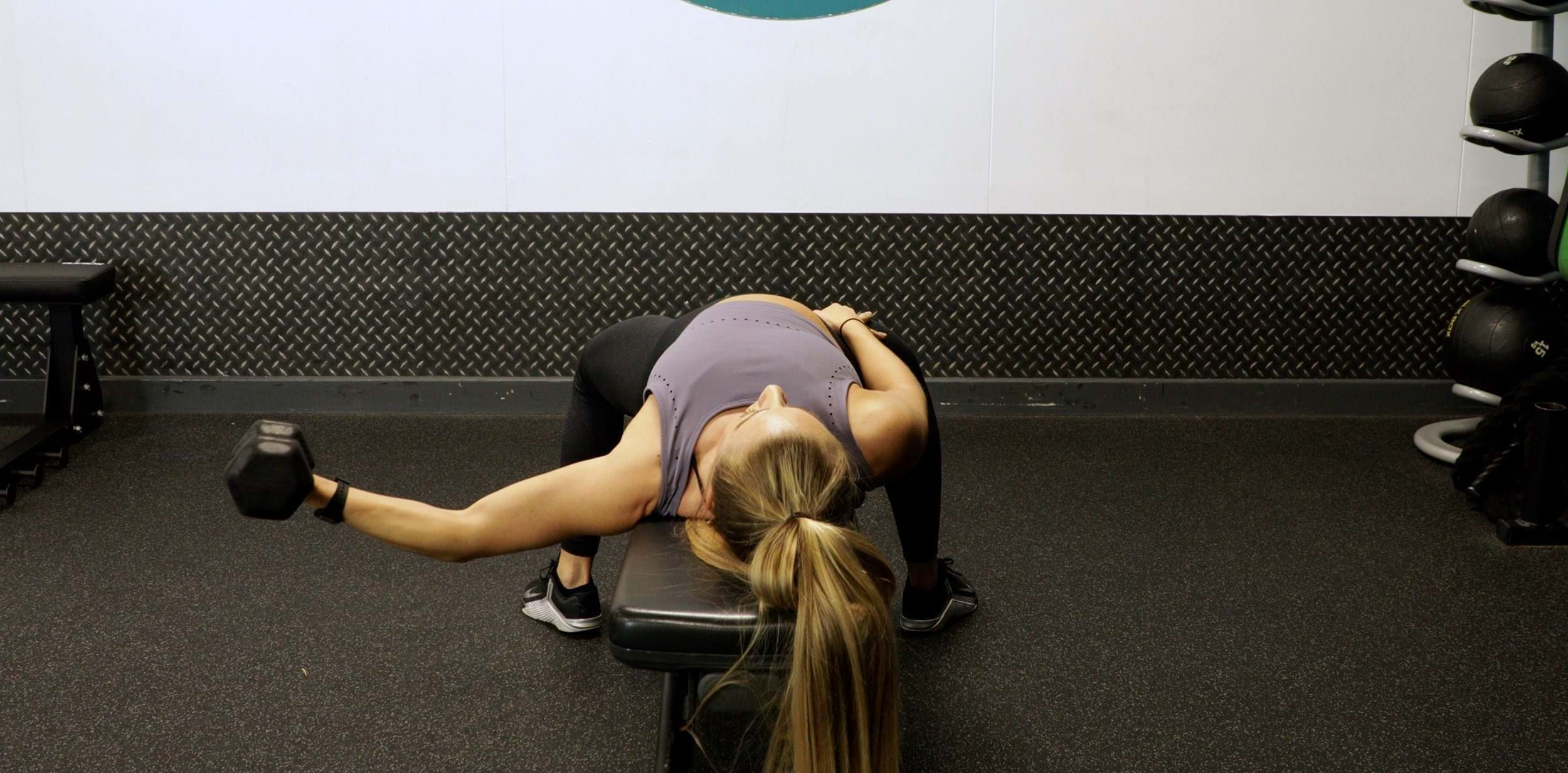
The single arm fly variation helps to minimise muscular imbalances between the two pectorals.
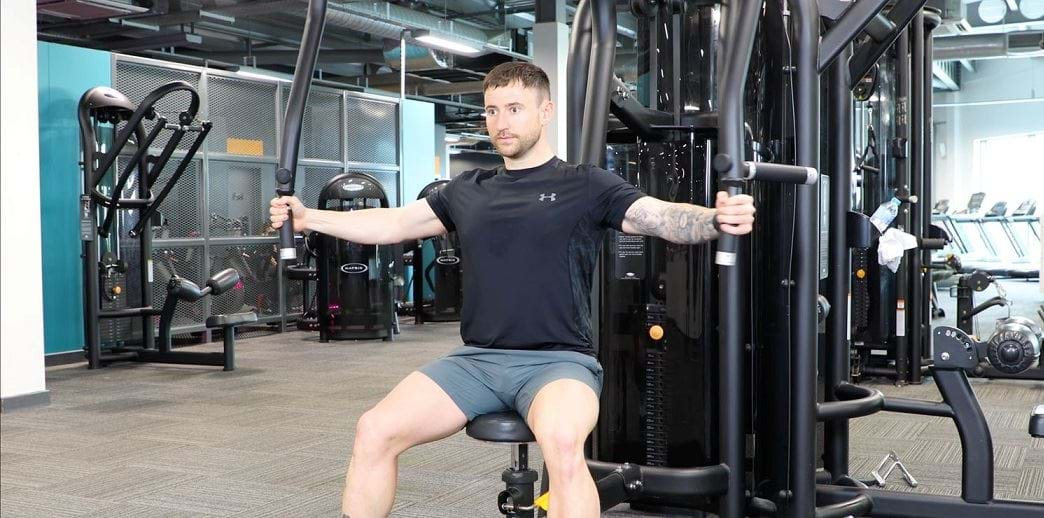
The chest fly machine helps to perfect form and increase stability to isolate the pectorals .
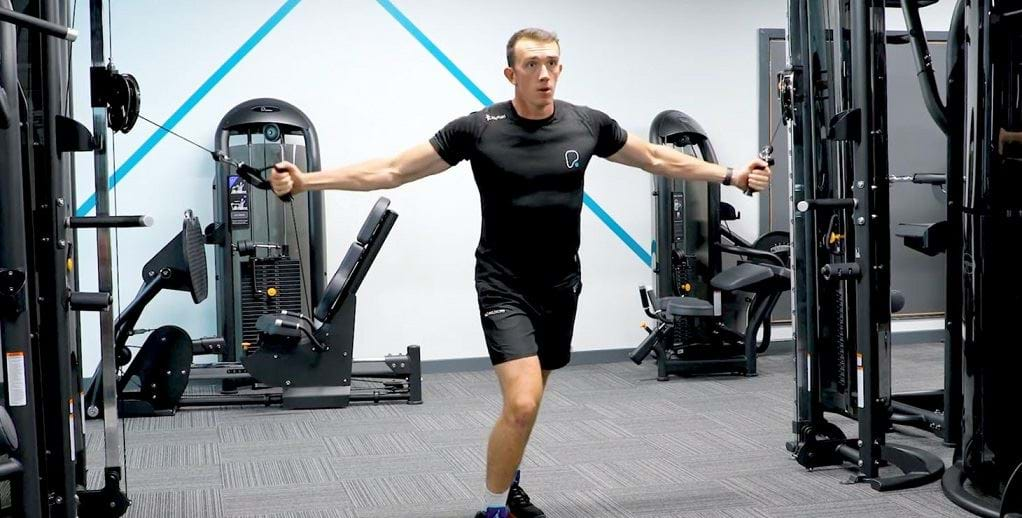
Using the cable machine adds more challenge to the chest fly while reducing risk of stress on the shoulder.
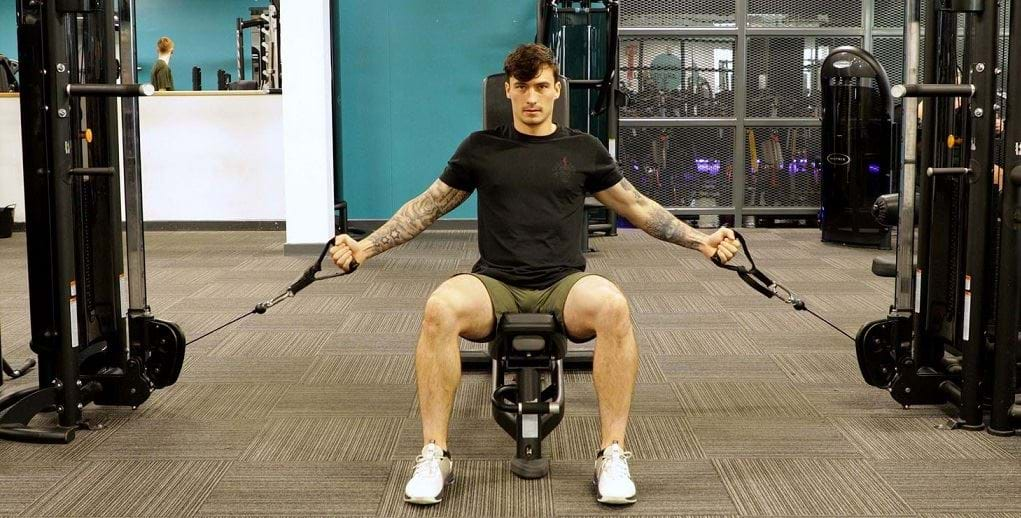
Seated cable flyes improve stability to isolate the pectorals while providing constant tension on the muscles.
If you’re not sure whether a work out is suitable for you, please consult your doctor before you start it. If you're unsure of how to perform any of the above exercises, please ask help from a PT at your gym.
